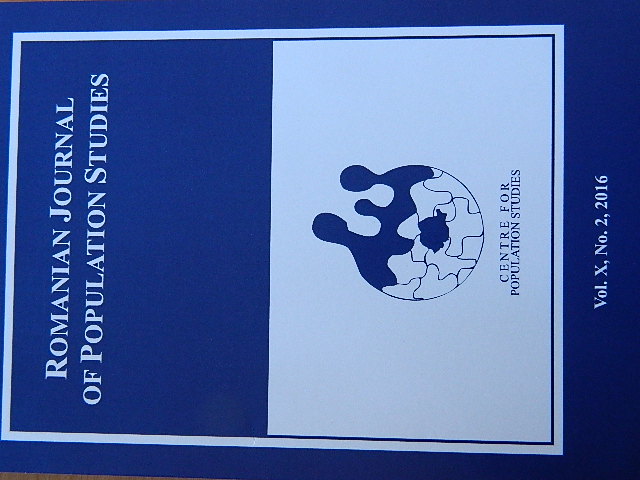Ethnicity and Politics: Censuses in the Austro-Hungarian Empire
(Case Study: Transylvania, 1869-1910)
Ethnicity and Politics: Censuses in the Austro-Hungarian Empire
(Case Study: Transylvania, 1869-1910)
Author(s): Ioan Bolovan, Crinela Elena Holom, Marius EppelSubject(s): History
Published by: Centrul de Studiere a Populaţiei
Keywords: censuses; Austrian-Hungarian Empire; Transylvania; ethnicity; politics
Summary/Abstract: In parallel with the process of modernization in the second half of the nineteenth century, very many European countries experienced significant ethno-linguistic changes. These were highly visible even in what concerns the Austrian-Hungarian Monarchy, which was, until its collapse in 1918, one of the most mosaic-like countries of Europe in terms of ethnicity, language and religion.Transylvania after 1867, as part of the Eastern half of the Austrian-Hungarian Empire, was in its turn highly ethnically heterogeneous. Besides Romanians, the province was also inhabited by Hungarians, Germans, Jews, Slovaks, Serbs, Armenians, Gypsies and others.We intend through this proposal, by using the case study of Transylvania, to examine the criteria used by the Austrian-Hungarian authorities to define ethnicity. We will analyze in this respect the censuses from 1869, 1880, 1890, 1900 and 1910, focusing as well on how the structure of nationalities has evolved in Transylvania during this period. In order to gain a more thorough understanding of these processes, we also propose an evaluation of the demographic policy during dualism.
Journal: Romanian Journal of Population Studies
- Issue Year: 10/2016
- Issue No: 2
- Page Range: 137-152
- Page Count: 16
- Language: English
- Content File-PDF

